When it comes to indulging in a glass of wine, the options seem endless. From bold reds to crisp whites, there is a varietal for every palate. Among the vast selection, two popular choices stand out: Zinfandel and Malbec. Both known for their rich flavors and distinct characteristics, these wines have captured the attention of wine enthusiasts around the world. While both are red wines with their own unique profiles, they originate from different regions and offer distinct tasting experiences.
Whether you prefer a robust and fruity Zinfandel or a velvety smooth Malbec, understanding the differences between these two beloved varietals will allow you to choose your next bottle with confidence.
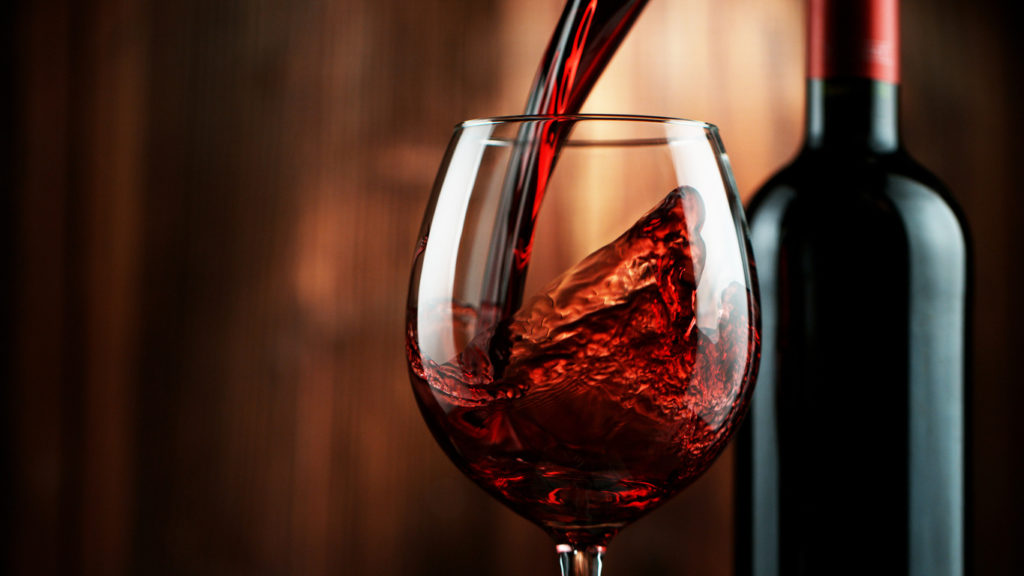
What is Malbec
Malbec is a red wine grape variety that originates from the Cahors region in Southwest France. It has gained immense popularity in recent years, particularly in Argentina, where it has become synonymous with the country’s wine production. One of the reasons for its allure is the deep purple color and strong fruity aroma. Malbec wines are often described as having flavors of blackberry, plum, and dark cherry, accompanied by subtle herbal notes. Its taste profile varies depending on the region and winemaking techniques employed.

What sets Malbec apart is its versatility and ability to reflect terroir characteristics distinctively. In Argentina’s high-altitude vineyards, it produces rich and robust wines with velvety textures, firm tannins, and balanced acidity. On the other hand, malbec from France showcases more earthy tones with an emphasis on dried herbs and tobacco leaf undertones. This diversity allows consumers to explore a wide range of styles within this single grape variety.

Whether you enjoy exploring different flavor profiles or appreciate a consistently reliable choice for bold reds, Malbec offers something for everyone. Perfectly paired with hearty meals like grilled meats or stews, this full-bodied wine provides a delightful drinking experience that keeps evolving over time as it ages in bottle or decants before consumption. It’s no wonder why Malbec lovers continue to seek out new producers and regions to discover unique expressions of this beloved grape variety.
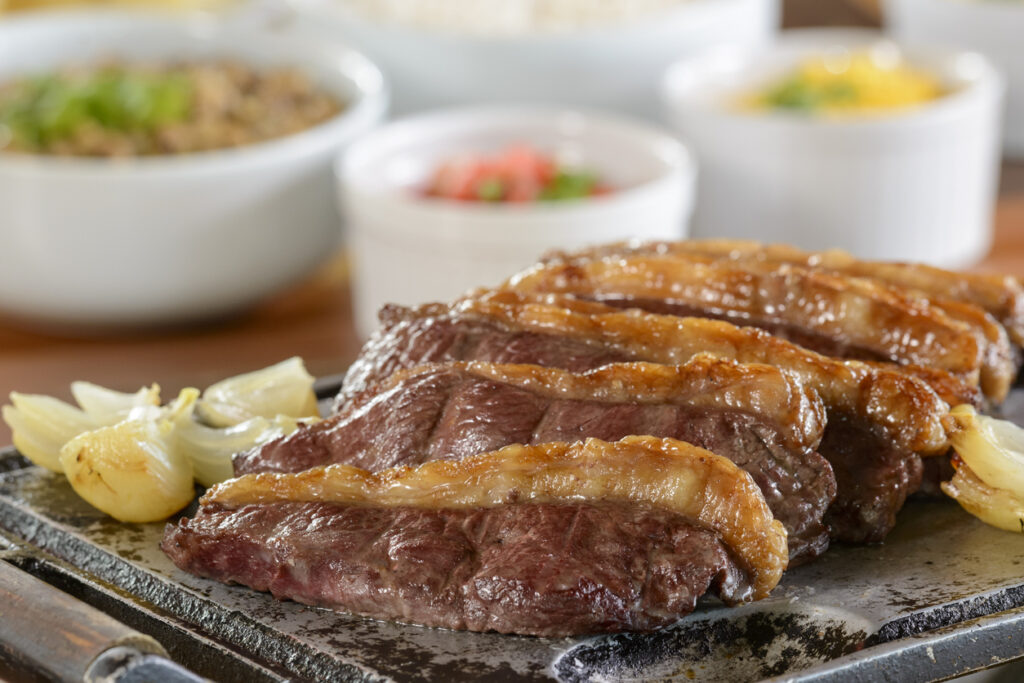
Is Malbec aged in oak barrels?
Malbec wine is often associated with a rich and intense flavor profile, characterized by dark fruit flavors and smooth tannins. While many Malbec wines are indeed oak-aged, not all of them undergo this process. The decision to oak-age Malbec depends on the winemaker’s preferences and their desired style for the final product.
Oak aging can impart additional complexity and depth to Malbec, adding notes of vanilla, spice, and sometimes a subtle smokiness to the wine. However, excessive oak aging can overshadow the natural fruity flavors that make Malbec so appealing. As a result, some winemakers opt for minimal or no oak aging in order to emphasize the pure expression of the grape itself.
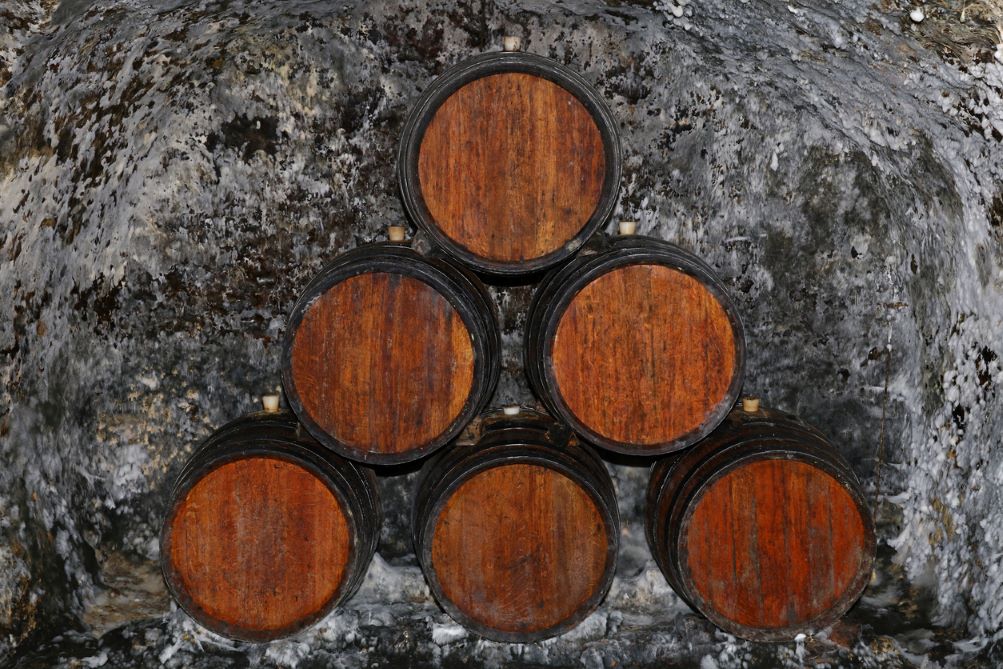
For those who appreciate a balance between fruitiness and oak influence in their Malbec, it’s worth exploring different producers and vintages to discover how each one approaches the aging process. Ultimately, whether a particular bottle of Malbec is oak-aged or not adds another layer of intrigue for aficionados seeking new ways to experience this beloved varietal.
What is Zinfandel
Zinfandel, one of California’s most iconic grapes, holds a mysterious allure that can be tasted clearly in every glass. While its origins are still the subject of debate among wine enthusiasts, this grape variety has firmly established itself as a staple of the American wine scene. With its big, bold flavors and high alcohol content, Zinfandel is a wine that stands out from the crowd.

One interesting aspect of Zinfandel is its versatility. It can be made into different styles of wines, ranging from light and fruity to rich and full-bodied. Many winemakers choose to embrace the grape’s natural jammy character by crafting Zinfandels that burst with ripe fruit flavors like blackberry and raspberry. These jammy renditions are perfect for those seeking an indulgent wine experience.

Another fascinating characteristic of Zinfandel lies in its ageability. While some may dismiss it as an everyday drinking wine meant to be consumed young, there are exceptional examples that evolve beautifully over time. These aged Zinfandels display complexity and depth, showcasing secondary aromas like leather, tobacco, and spice. Exploring how this grape transforms with age can ignite a love affair with the varietal that lasts for years to come.
Taste of Zinfandel vs Malbec
As you delve into the world of wine, two varietals that stand out for their distinct flavors and characteristics are Zinfandel and Malbec. Zinfandel, a red grape variety native to California, offers a robust and fruit-forward profile. With its rich notes of dark berries, black pepper, and spice, Zinfandel captivates the senses from the first sip. This varietal also showcases velvety tannins and a long, lingering finish that pairs exceptionally well with grilled meats or hearty pasta dishes.

On the other hand, Malbec from Argentina presents an entirely different experience on the palate. Known for its deep purple color and full-bodied nature, Malbec enchants with its intense flavors of plum, black cherry, and cocoa. This wine often exhibits a velvety texture accompanied by firm tannins that add structure to its bold taste profile. Perfect for those seeking a wine that can accompany anything from barbeque to roasted vegetables, Malbec brings complexity and depth to the table.
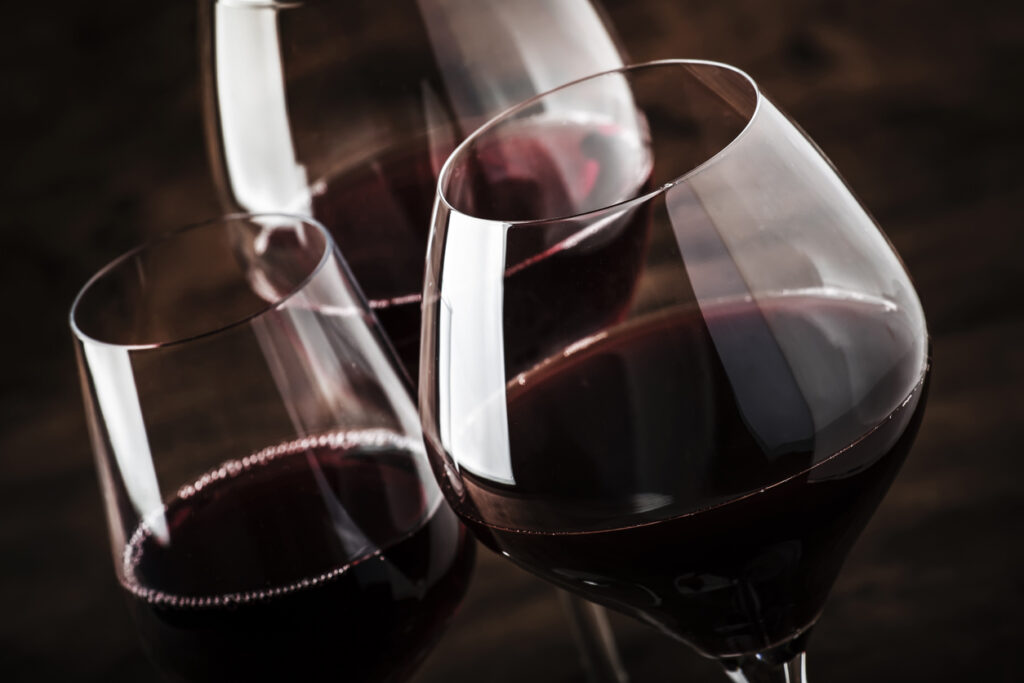
In summary, while both Zinfandel and Malbec belong to the red wine spectrum, they embody distinctive characteristics that garner attention from wine enthusiasts around the globe. Whether you prefer Zinfandel’s vibrant fruitiness or Malbec’s bold intensity, exploring these varietals allows us to discover new layers of flavor in every glass.
Food Pairing of Malbec vs Zinfandel
When it comes to food pairing, both Zinfandel and Malbec offer unique flavor profiles and characteristics that can complement a wide range of dishes. Zinfandel, known for its bold and jammy flavors, pairs exceptionally well with grilled meats like pork ribs or barbecue chicken. The rich fruitiness of the wine brings out the smoky and savory elements of the meat, creating a mouthwatering combination.

On the other hand, Malbec’s velvety texture and notes of black fruits make it a great match for hearty steak dishes. Its medium to high acidity cuts through the richness of the meat, while its soft tannins complement the slight char from grilling. Add some chimichurri sauce on top, and you’ve got yourself a winning combination that will take your taste buds on an unforgettable journey.

For those looking to explore more adventurous pairings, consider trying Zinfandel with spicy Mexican cuisine like enchiladas or tacos al pastor. The wine’s natural sweetness helps balance out the heat from spices, while still allowing those vibrant flavors to shine through. Similarly, Malbec can hold its own when paired with robust Italian dishes such as osso buco or eggplant Parmesan. Its full-bodied nature stands up well to rich tomato-based sauces or braised meats, creating a dining experience you won’t soon forget.
Malbec vs Zinfandel: Similarities to Cabernet Sauvignon
Both Malbec and Zinfandel share similarities with Cabernet Sauvignon, making them popular choices for red wine enthusiasts. All three varietals are known for their bold flavors and rich, full-bodied profiles. While Cabernet Sauvignon typically offers complex tannins and intense black fruit flavors, Malbec and Zinfandel also boast similar characteristics.
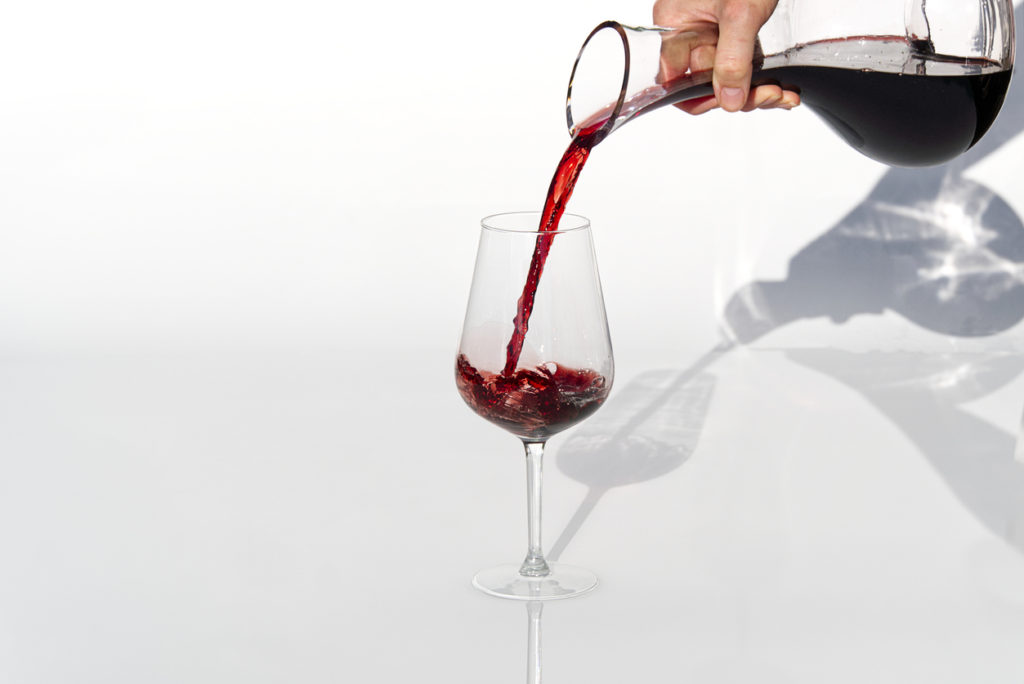
Additionally, all three wines are often aged in oak barrels to enhance their structure and add layers of complexity. However, the unique terroir and winemaking techniques used for each varietal contribute to distinct nuances in their flavor profiles. For instance, Malbec from Argentina is renowned for its velvety texture and notes of dark plum and violets, while Zinfandel from California showcases ripe berry flavors with a hint of spice.
Malbec vs Zinfandel: Similarities to Pinot Noir
Malbec and Zinfandel, while often overshadowed by the popularity of Pinot Noir, share intriguing similarities that make them worth exploring. All three varietals boast complex flavor profiles, each exhibiting a unique blend of fruitiness and spice that sets them apart from other red wines. Malbec’s velvety texture and deep berry flavors can be reminiscent of Pinot Noir’s elegant silkiness, while Zinfandel’s boldness and peppery notes offer a contrast that still resonates with fans of the beloved Pinot.

Despite their differences in origin and characteristics, Malbec and Zinfandel both possess an inherent versatility that aligns with Pinot Noir’s reputation as a flexible wine. All three varietals are known for pairing well with a wide range of dishes, from hearty meats to delicate seafood, making them ideal options for diverse dining experiences. When approached with an open mind, enthusiasts may find that exploring the nuances of Malbec and Zinfandel alongside Pinot Noir creates an enriching journey through the world of red wines.
How to serve Malbec vs Zinfandel
When it comes to serving Zinfandel, it’s important to pay attention to the temperature. This robust red wine is best served slightly chilled, around 55-60 degrees Fahrenheit. Chilling the wine just a bit will help tame its high alcohol content and bring out its complex flavors and aromas. Additionally, decanting Zinfandel can greatly enhance your drinking experience. This process not only helps remove any sediment that may have formed in the bottle but also allows the wine to breathe, unlocking even more of its rich flavors.

On the other hand, serving Malbec requires a different approach. This Argentinean gem shines when served at cellar temperature (around 60-65 degrees Fahrenheit), which allows its intense dark fruit flavors and velvety tannins to fully develop. In terms of glassware, opt for a large-bowled wine glass with a narrower rim as it helps concentrate Malbec’s aromas while providing enough room for swirling without spillage.
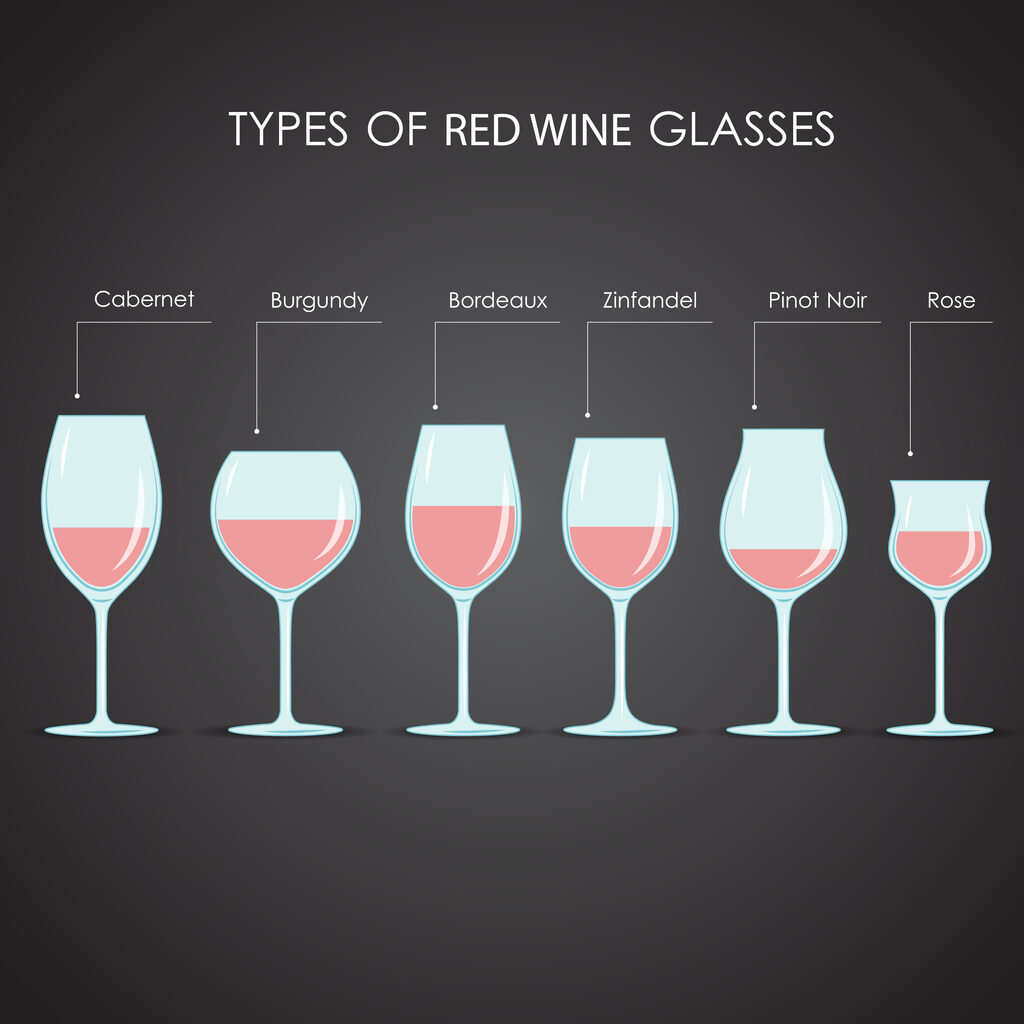
Remember, serving wines at their optimal temperatures and using suitable glassware can significantly enhance your enjoyment of both Zinfandel and Malbec. So next time you uncork a bottle of either one, take these tips into consideration – you’ll be amazed at how much they elevate your tasting experience!
Do you decant Malbec and Zinfandel
Decanting wine has long been a subject of debate among wine enthusiasts. Some swear by the process, arguing that it allows the flavors to develop and breathe, while others believe that it is unnecessary and can even harm certain wines. When it comes to Zinfandel and Malbec, two bold and full-bodied red wines, opinions on decanting are equally divided.

Proponents of decanting Zinfandel argue that it can significantly improve the wine’s taste and aroma. As Zinfandel ages, its flavors become more complex and layered, but they may also need some time to unfurl after being sealed in a bottle for years. Decanting allows the oxygen to come into contact with the wine, enhancing its flavors and helping it reach its full potential.
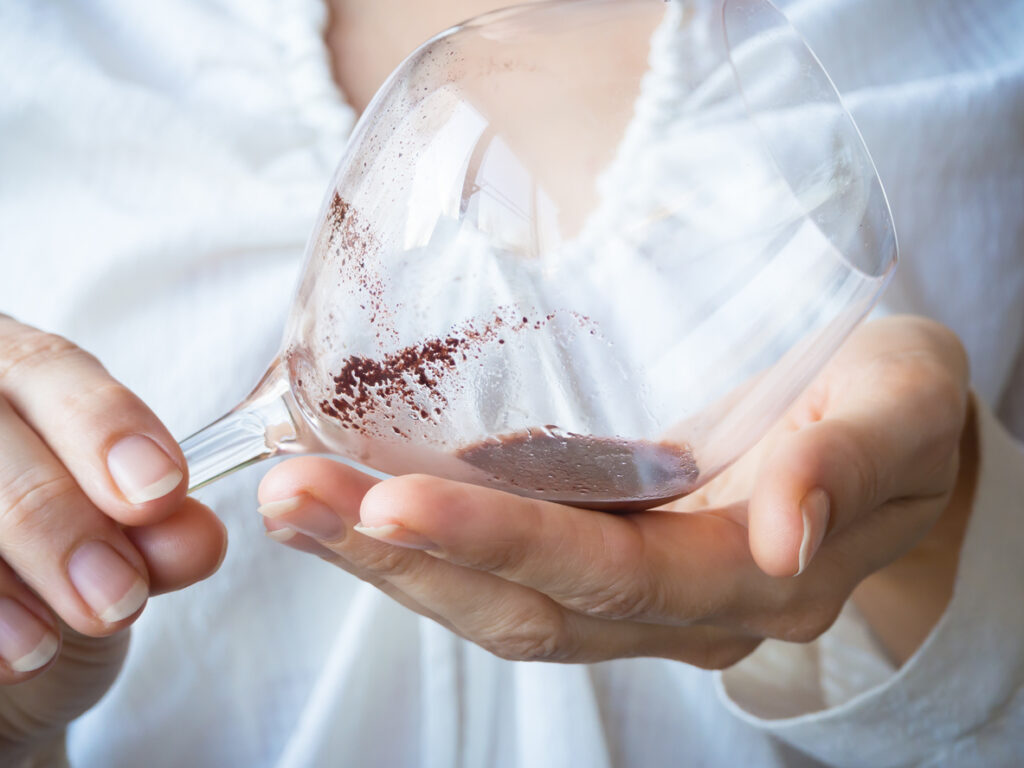
When it comes to decanting Malbec, opinions diverge. Some argue that young Malbecs benefit from decanting as it helps soften any harsh tannins or acidity present in the wine. By allowing some air exposure before serving, decanting can make a young Malbec more approachable and enjoyable. On the other hand, proponents of not decanting argue that older aged Malbecs should be consumed immediately after opening as they may lose their delicate nuances if exposed to too much oxygen.
In conclusion, whether or not you should decant your Zinfandel or Malbec ultimately depends on personal preference.
Main differences between Zinfandel and Malbec
Zinfandel and Malbec are two popular red wine varietals that originate from completely different parts of the world. Zinfandel is primarily grown in California, while Malbec hails from Argentina. One of the main differences between these wines lies in their flavor profiles. Zinfandel is known for its bold and fruity characteristics, often bursting with flavors of blackberry, raspberry, and cherry. On the other hand, Malbec tends to have a more robust and earthy profile, featuring notes of plum, dark chocolate, and tobacco.

Another key distinction lies in their varying levels of tannins and acidity. Zinfandel tends to have a higher level of both tannins and acidity compared to Malbec. The presence of more pronounced tannins can contribute to a drier mouthfeel when drinking Zinfandel. It can also make the wine age well over time. In contrast, Malbec typically has softer tannins and lower acidity levels which results in a smoother texture on the palate.
Moreover, the two wines differ in terms of food pairings as well. Due to its bold flavor profile and higher acidity, Zinfandel pairs exceptionally well with barbeques or hearty meals like grilled meats or tomato-based sauces. Its jammy fruit flavors can compliment spicier dishes such as Mexican cuisine too.

